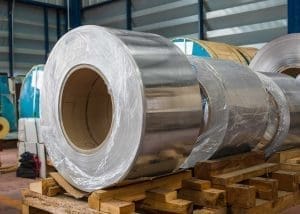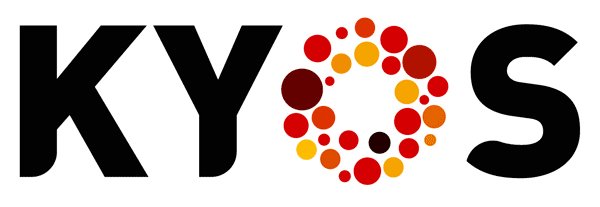What is a white certificate?
A white certificate is a tradable asset which proofs that a certain percentage of energy savings has been achieved relative to a baseline. It is also referred to as Energy Savings Certificate (ESC) or Energy Efficiency Credit (EEC). A white certificate trading scheme may be compared to a green certificate and an emission certificate trading scheme, which all aim to promote a cleaner environment. Green certificates are issued for achieving a minimum of renewable energy production, white certificates for achieving a minimum of energy savings, and emission credits for achieving a maximum of carbon emissions.
The white certificate schemes encourage companies and their clients to save energy through various investments in energy efficiency which are rewarded by certificates credited by registered agencies. The savings are calculated as the cumulative savings over the lifetime of the product or the investment. White certificates are traded in Poland, France and Italy. In France, the name for the white certificates is Certificat d’Economies d’Energie (CEE) and the tradable unit is ‘MWh cumac’. In Poland and Italy, the white certificates are called EFX and TEE respectively, and traded in tonne of oil equivalent (toe). Other countries are considering to introduce the mechanism of white certificates too, because it is generally considered to be an efficient and cost effective way to achieve energy savings, attractive to policy makers, companies and households.
A white certificate cannot be transferred between the European markets, as opposed to emission certificates, so the total market size is often small and trading rather illiquid. Most trading activity is via brokers, such as STX, Cleanworld, Evolution Markets and Amsterdam Capital Trading.
Do you want to know more about the KYOS price analysis services, read more on Price Analytics or contact us directly.
An explanation about green certificates can be found here.

a white certificate from energy savings
